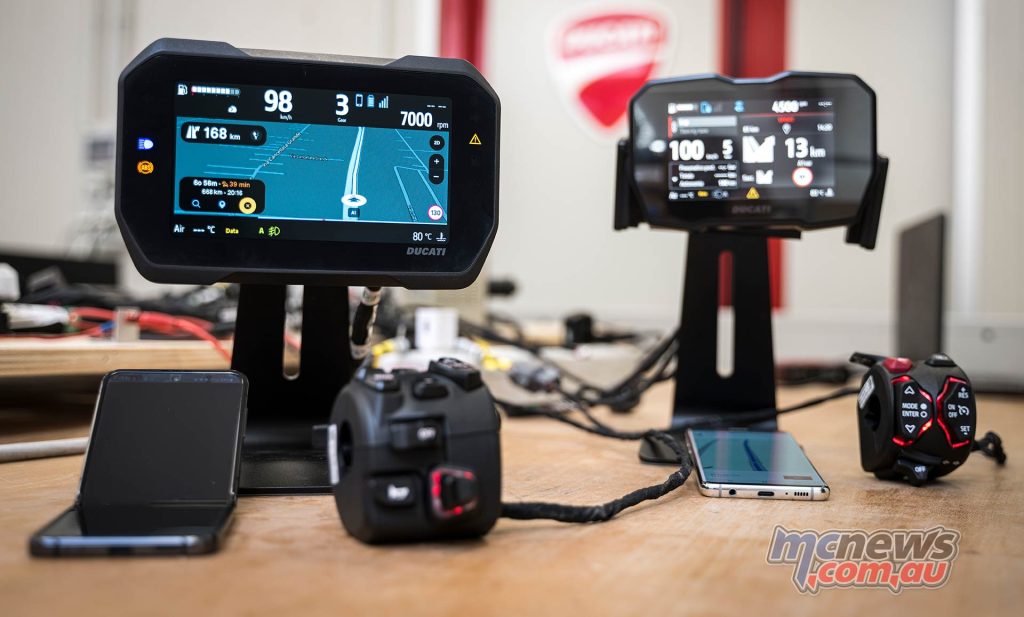Ducati and electronic innovation
Many of the electronic systems that today constitute a standard on motorcycles in the various segments were first introduced by Ducati, which over the years has earned a place as one of the most avant-garde companies in the sector. Ducati develops most of its electronic contents internally.
Some of the innovations introduced by Ducati
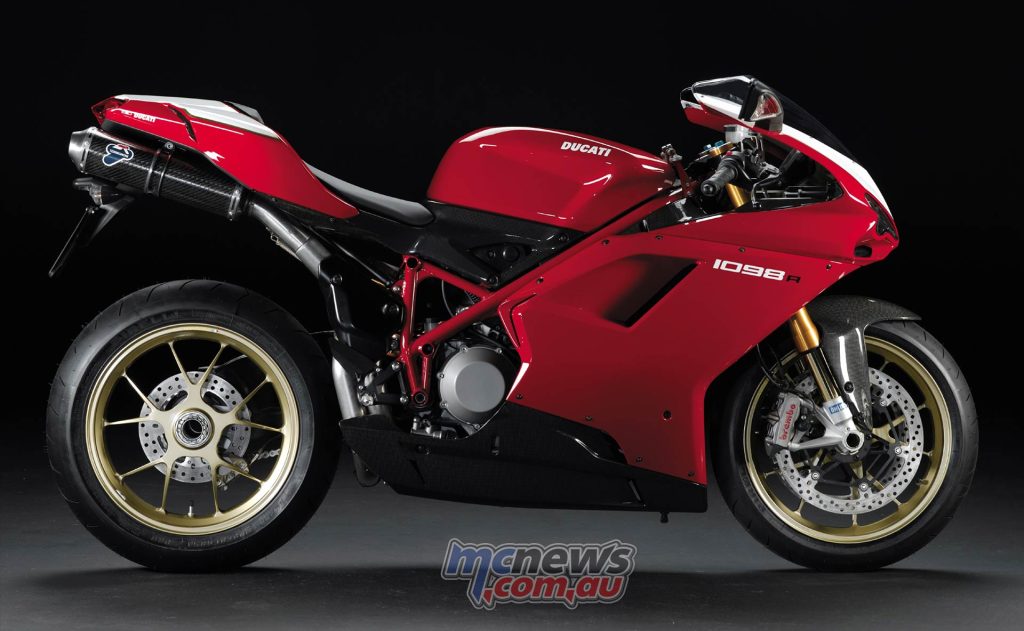
In 2008, with the 1098R, Ducati was the first motorcycle manufacturer to introduce Traction Control on a motorcycle, moving the performance and safety benchmarks of super sports bikes forward.
Just one year later, the LED headlight introduced on the Streetfighter 1100 represented another Ducati world first.
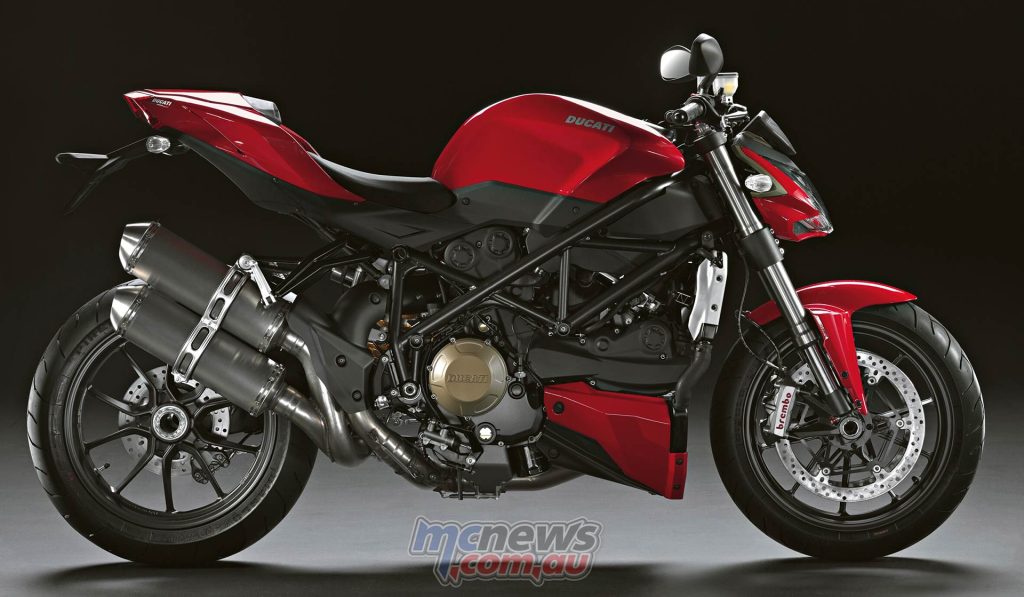
In 2010, Ducati presented the first motorcycle in the world capable of “changing character” thanks to the presence of the Riding Modes: the Multistrada 1200 S.
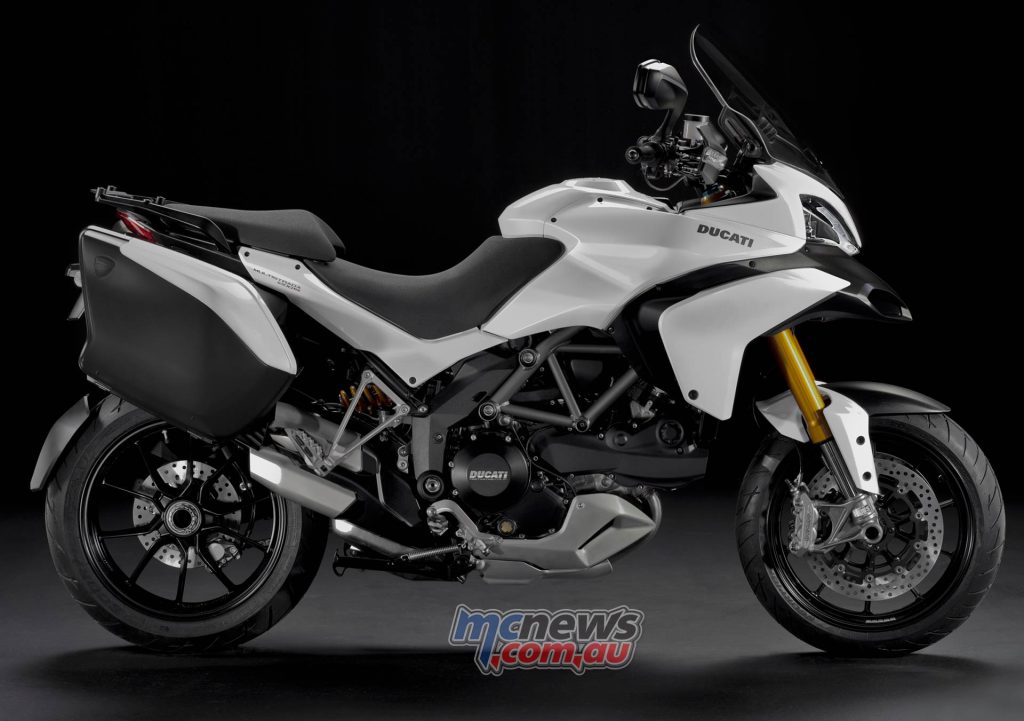
Other electronic innovations introduced by Ducati include the TFT instrumentation of the Diavel, in 2011, another example of a technical solution that has now become a standard on motorcycles in every segment.
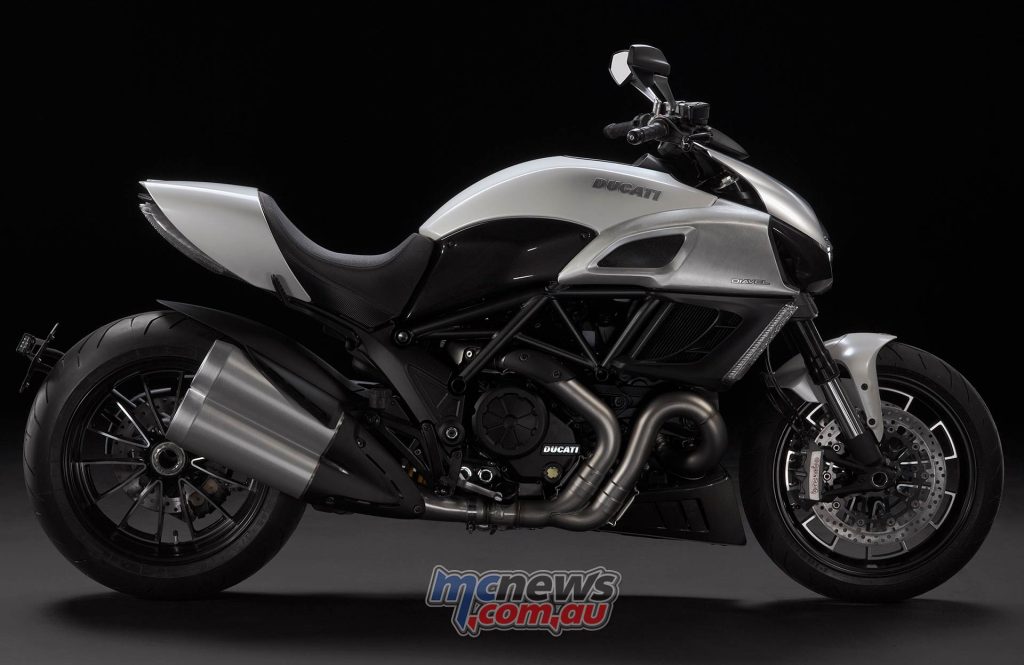
In 2012, the 1199 Panigale, which received the prestigious design award, the Compasso d’Oro, saw the introduction in the motorcycle field of the Full-LED light cluster and electronic engine brake management.
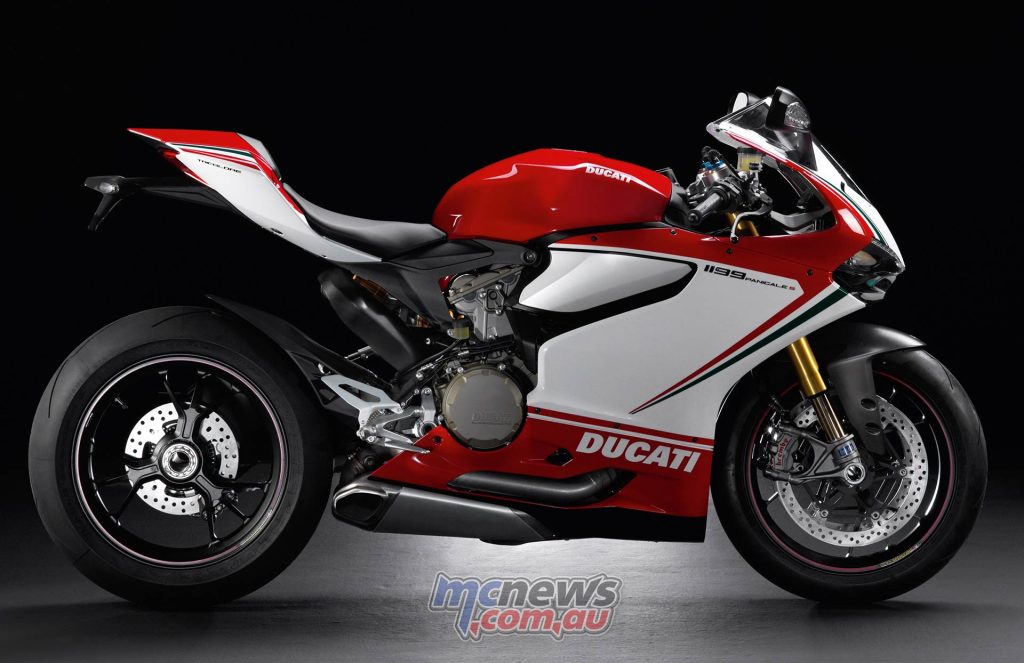
In 2014 together with Dainese, Ducati introduced the first motorcycle with an integrated system capable of communicating with the airbag in the jacket: the Multistrada 1200 Touring D|Air. At the time, airbag systems did not guarantee current safety standards, while the sophisticated Multistrada 1200 Touring D|Air system sent the activation signal in just 20 milliseconds in the event of a crash or slide.
In 2018 Ducati introduced the Slide By Brake system that allows controlled power sliding under braking on the Panigale V4.
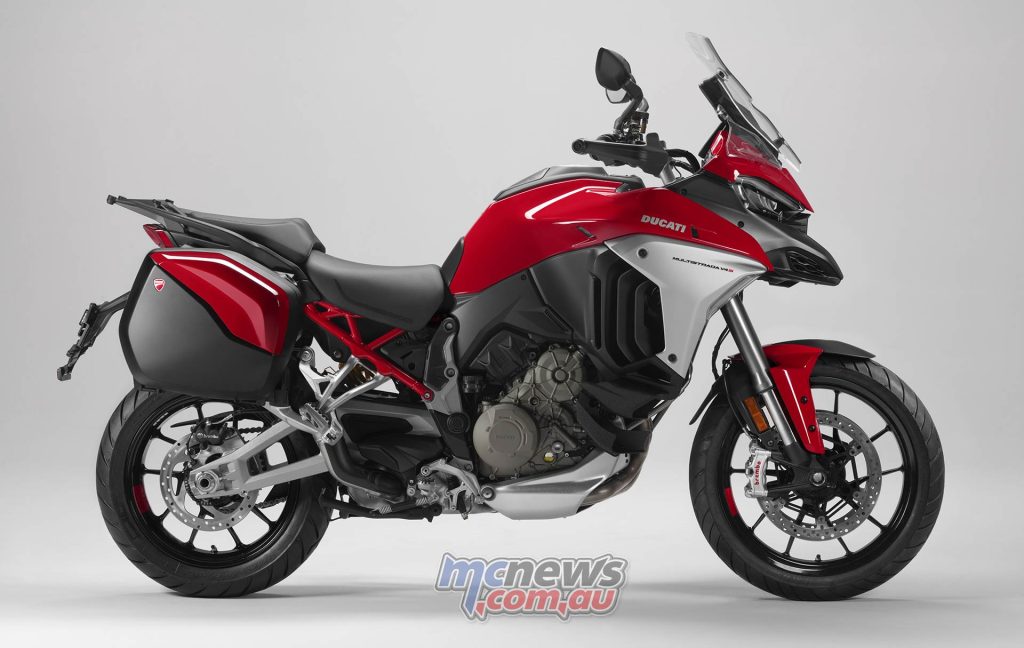
With the Multistrada V4 in 2020, Ducati was the first motorcycle manufacturer to introduce radars to the world of two wheels, which allowed the implementation of the Adaptive Cruise Control and Blind Spot Detection systems.
2023 saw the arrival of extended deactivation on the Multistrada V4 Rally, a sophisticated system which, by switching off the two rear cylinders, reduces fuel consumption and heat.
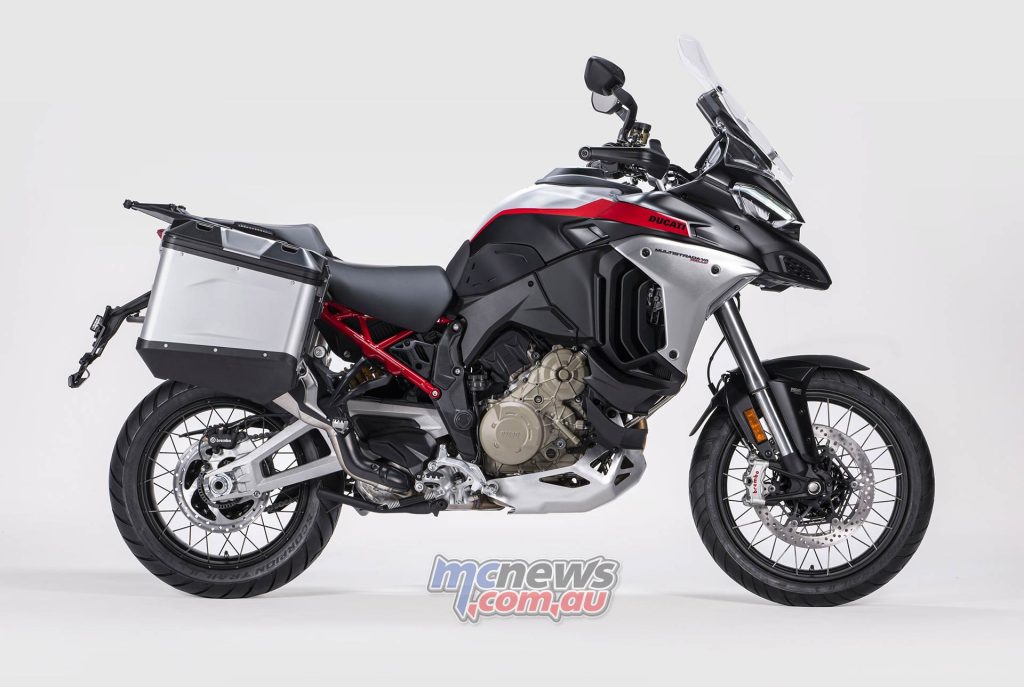
In addition to working to introduce new technical solutions to the market, Ducati R&D works every day to evolve and perfect existing bikes, improving them year after year. This is what happened, for example, with Multistrada V4 owners, who received the Minimum Preload and Easy Lift systems free of charge when they were introduced on later models, and who continue to benefit from navigation system upgrades. Or the evolution that the Panigale V4 has undergone from 2018 to today.
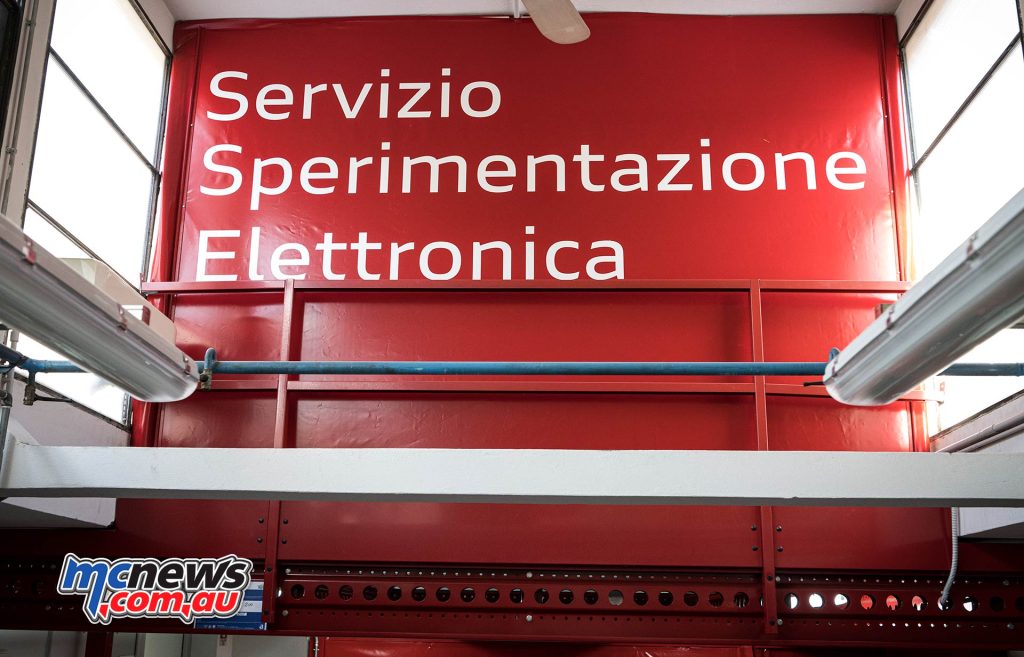 xThe drive towards innovation in electronics goes hand in hand with the growth of the Electrical & Electronic Systems department, which has seen its resources quadruple in just over ten years.
xThe drive towards innovation in electronics goes hand in hand with the growth of the Electrical & Electronic Systems department, which has seen its resources quadruple in just over ten years.
Software debugging and mobile app activities are also carried out within Electrical & Electronic Testing. Over the years, connectivity is also becoming an increasingly important aspect in the motorcycle field and, given the growing number of smartphone manufacturers and the constant updating of the various operating systems, the presence of a group of people within the Company who deal with this aspect represents an added value to always keep up with the times. An example of this work can be found in navigation systems: from the Phone Mirroring solution adopted on the Multistrada V4, which makes it possible to transform the dashboard into a colour map navigator containing all the information required for riding the motorbike, to the Turn-by-Turn system which was introduced in 2023 on the DesertX and Diavel V4. These two solutions allow Ducati not to be bound to a specific operating system but allow compatibility with iOS and Android systems and the continuous evolution of the software which is then updated free of charge for customers.




